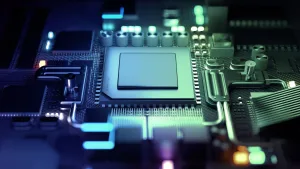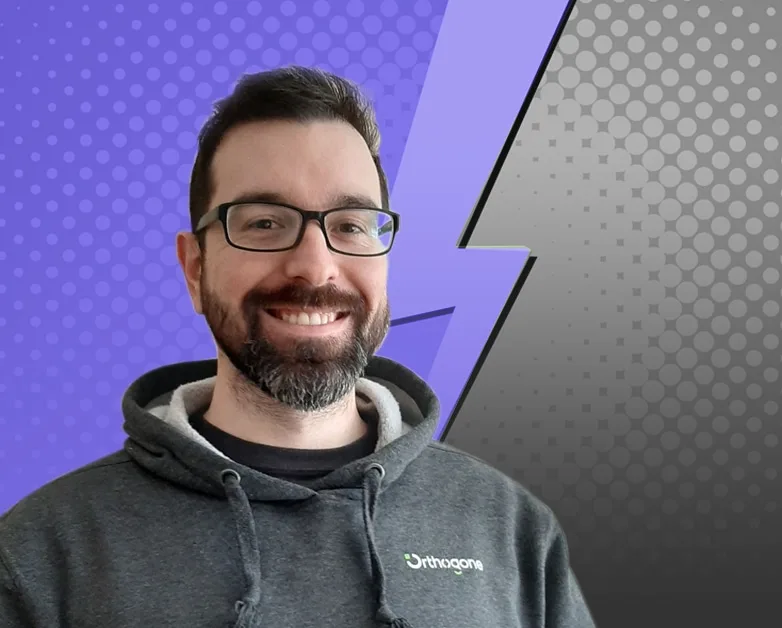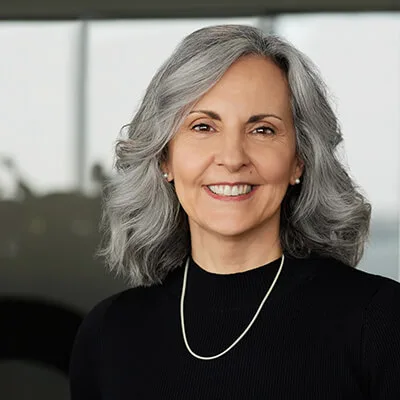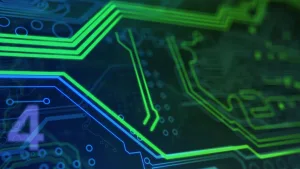
The team at Orthogone includes people with varied backgrounds and specialties. Nik Henri, FPGA designer, joined the team in 2019 with experience doing FPGA design for companies in the telecommunications and aviation industries.

“What makes FPGA design at Orthogone really interesting is how the variety of industries and projects force you to adapt out of your comfort zone – that’s where you grow the most.”
In this Q&A session, Nik tells us why he decided to become an FPGA designer, and shares what he likes most about working at Orthogone.
Nik Henri
FPGA Designer,
Orthogone Technologies
A: When I was first studying computer systems, we built systems using microcontrollers. To produce the desired effect, you had to follow a “recipe.” If you did it right, it worked, which was great… but I felt like an end user. When I started to do FPGA I moved to the other side, I was the one who dictated how the system was going to work. I liked being able to control everything, every transition. With FPGA you build everything from scratch; a chip doesn’t come with recipes telling you how to make it work. For me, learning everything, every byte was interesting. That’s a big part of why I switched to FPGA design and got my master’s degree at ÉTS (École de technologie supérieure).
I had an inclination for art, so I had to decide between art and engineering. For most people those are two very different fields, but for me, they’re similar. In art you’re given a requirement; for example, design a contemporary style house. So you use all your talent and creativity to design the house according to that requirement. In FPGA design it’s the same thing, you have requirements and you use your knowledge and creativity to produce the design according to the requirements.
A: When I used to give the FPGA introduction class at ÉTS university, it took students a lot of time to understand that you don’t do programming; you’re not coding FPGA. You use Verilog and VHDL hardware description languages (HDLs). You’re not writing a program, you’re describing something. The end product is a circuit, not a program. It’s important for students to understand that idea because it’s the main difference between FPGA and everything else.
A: The thing that I like the most is the challenging nature of the projects. When a company needs Orthogone’s expertise to accomplish something it’s because the project presents a high level of difficulty.
And, it’s intellectually stimulating to work on different projects. The variety of industries and products forces you to adapt and see new perspectives. When I was in telecommunications, the portable product I worked on had to be very fast, but not use too much power. In aviation, safety was critical; speed wasn’t as important. We could triple the logic to be safe even though it wasn’t efficient. Then, for a product I worked on at Orthogone, we had to reduce latency. So I had to change my thinking; response time had to be optimized over power and safety.
For each project I’m doing FPGA design. But, the way I think has to be different, so it’s always an interesting challenge. The variety allows me to do what I love, and see FPGA design from different perspectives.





Connect with our team of experts right in your inbox.
© Orthogone - All rights reserved